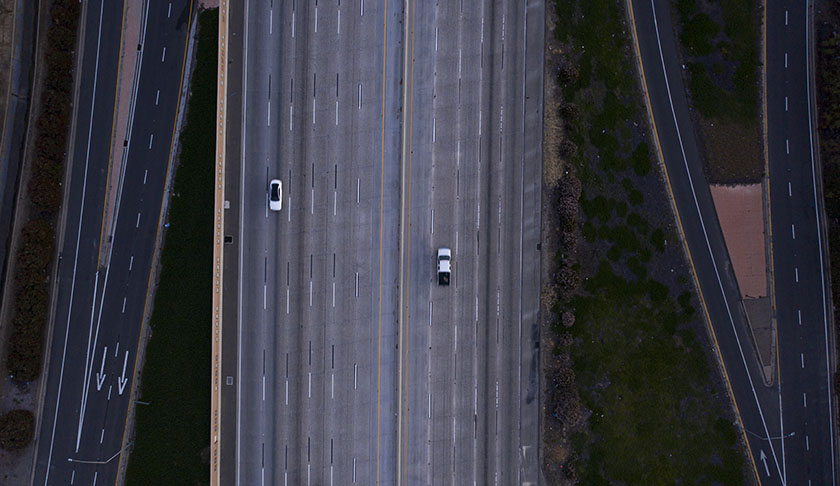Behind the data: Allstate America’s Best Drivers Report® Read article


Aggressive measures have been implemented to limit the spread of the novel Coronavirus, COVID-19. As a result, we have seen a dramatic decrease in driving across the country. And while that is not a surprise, we were interested to see what the aggregated driving data we collect can tell us about how people are responding to those measures intended for the sake of our health and public safety. For instance — are people driving less?
Compared to a similar period in 2019, the number of cars on the road countrywide is down nearly 20% so far, even while communities around the country vary in levels of encouraging and mandating social distancing. Notice there are no significant changes in behavior until around March 10, 2020, several weeks after the virus became prevalent in the U.S. and the WHO warned of a global emergency.
Daily active vehicles decrease drastically starting March 10
Trends smoothed and normalized (Jan 12 = 100)
For people who are working from home, not leaving the house except for essential activities, and ordering groceries online, we might expect the drop to be even more significant. However, those who work in healthcare, at grocery stores, or in public safety, to name a few, can’t adhere to the social distancing guidelines and will continue to be on the road.
But even for those who are driving during this time, Arity data shows that each car on the road is taking 11% fewer trips and traveling 20% fewer miles each day compared to similar days in 2019.
Trips per daily active vehicle decrease drastically starting March 10
Trends smoothed and normalized (Jan 12 = 100)
Distance per daily active vehicle decrease drastically starting March 10
Trends smoothed and normalized (Jan 12 = 100)
Are people driving less? In many cases, yes. But different actions are being taken in states and cities across the country. We are seeing variance in how communities respond and driving behavior will continue to evolve over the next few weeks and months. Arity will continue to monitor overall driving activity as the COVID-19 situation unfolds. In our next post, we will dig into more specifics about how driving is changing in different locations across the U.S.
Contact us to find out more about our driving data.